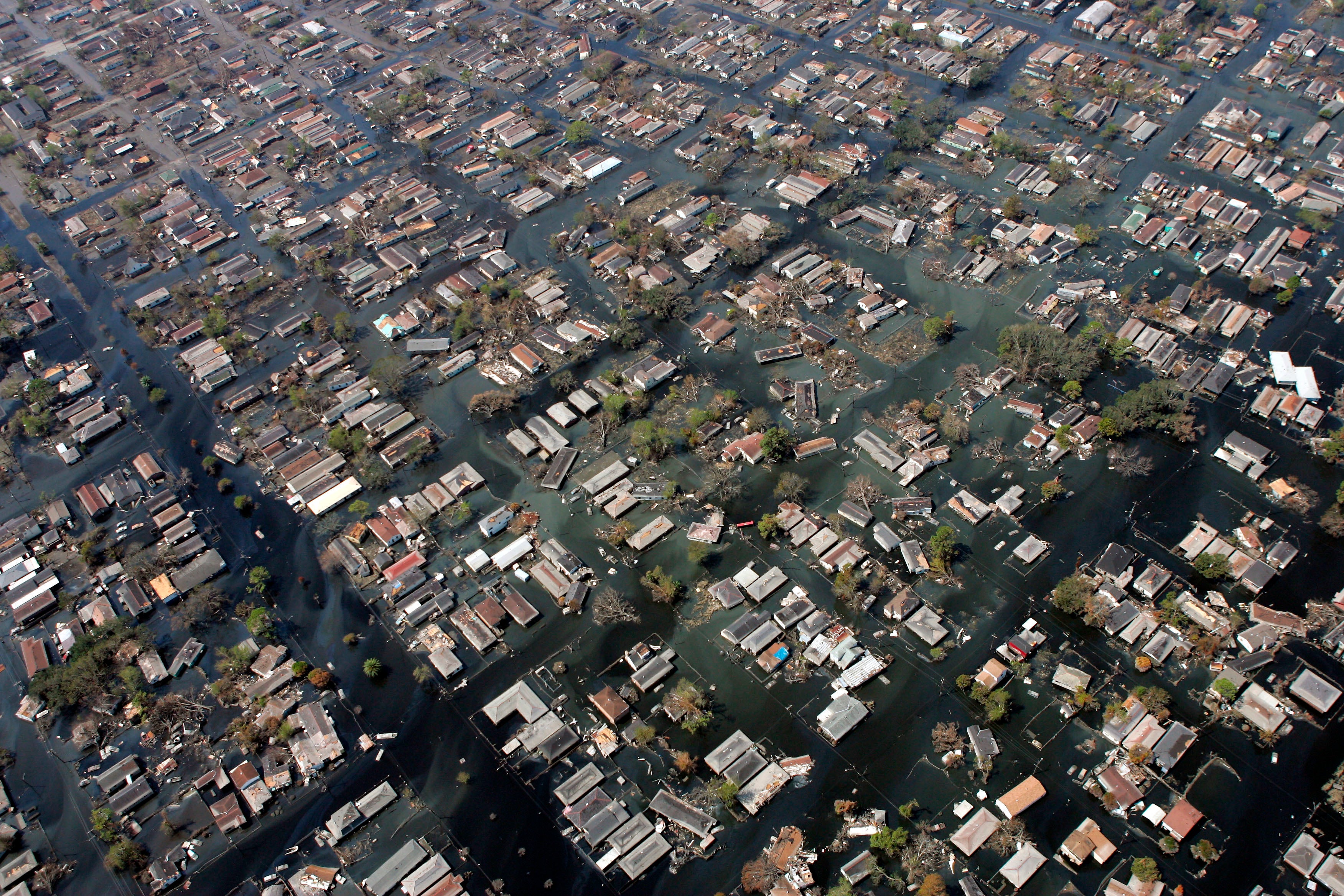
Nearly 20 years after a woman died during the devastation of Hurricane Katrina, advancements in forensics have allowed police to identify her remains.
Othram, a forensic genetic genealogy company that frequently partners with law enforcement to help identify human biological samples, said the remains are those of Tonette Waltman Jackson.
Jackson was carried away by floodwaters that destroyed her home in Biloxi, Mississippi after Hurricane Katrina smashed into the Gulf Coast in 2005, CBS News reports. She was 46 when she died.
Michael Vogen, a case management director at Othram, said Jackson had been hiding in her attic with her husband when the water levels began rising.
Both Jackson and her husband were eventually carried off by the floodwaters, but her husband, Hardy, was able to grab ahold of a nearby tree. He survived the hurricane.

Approximately a week after Katrina's landfall, search and rescue teams found human remains between the rubble of two destroyed houses in St Martin, several miles from Biloxi.
Investigators knew the remains belonged to a Black woman and had a general idea about her height and age but were not able to pinpoint who she had been. The case went cold, and Mr Jackson was left wondering what had happened to his wife.
Her remains were eventually buried in the Machpelah Cemetery in Pascagoula, Mississippi beneath a headstone that recognised her as a victim of the hurricane. The name on the headstone reads: "Jane Love".
Last year, the Mississippi Bureau of Investigation moved to exhume the remains in the hopes that they could finally be identified thanks to advances in forensics and genealogical testing.
State investigators partnered with Othram, which used biological samples to build a profile that gave them insights into potential living relatives. Investigators pursued those leads and eventually received a DNA sample that Othram identified as a likely close relative.
Those leads ultimately led to Jackson's identification.
Investigators may have been able to identify her sooner if they had spotted a broadcast report from shortly after the hurricane in which Mr Jackson explained what had happened to him and his wife.

"I just missed it, and I'm the expert," Pascagoula Police Lt Darren Versiga told local broadcaster WLOX. "But, we have her now. We've got her name back to her, and that's the principle of all this."
“The house just split in half,” Mr Jackson told a WKRG reporter at the time. “We got up in the roof, all the way to the roof, and water just came in and opened it up. Devoured it.”
The reporter then asked what happened to his wife.
"Can’t find her body. She’s gone," he said.
He recalled trying to hold onto her from the tree he latched onto, and that before she was swept away, she gave him a mission.
“I held her hand as tight as I could, and she told me, ’You can’t hold me.’ She said, ‘You take care of the kids and the grandkids,’” Mr Jackson said at the time.
He did until he died in 2013.
That same year, her name was added to a memorial remembering the dead and missing at Biloxi's Hurricane Katrina Memorial.







